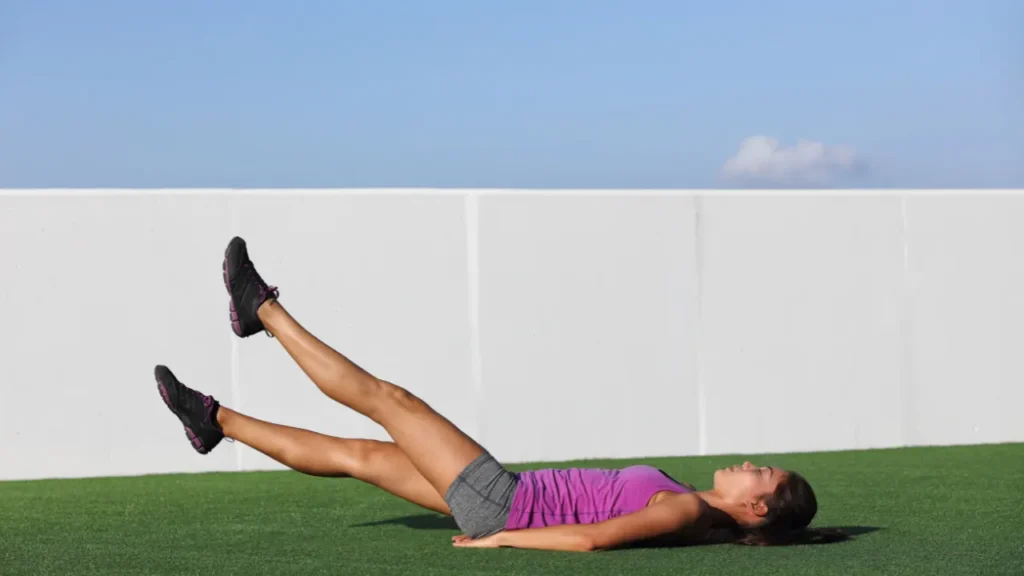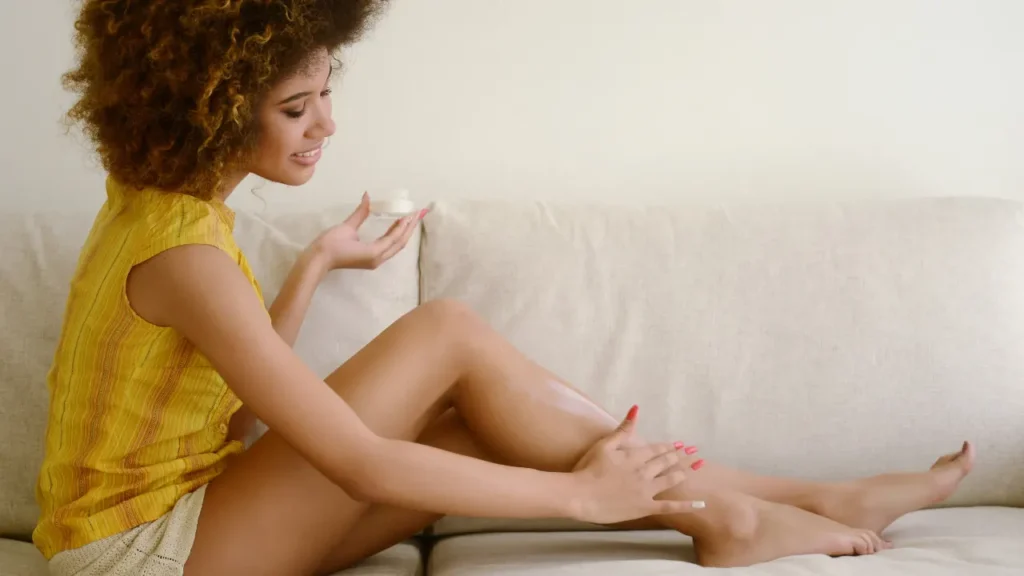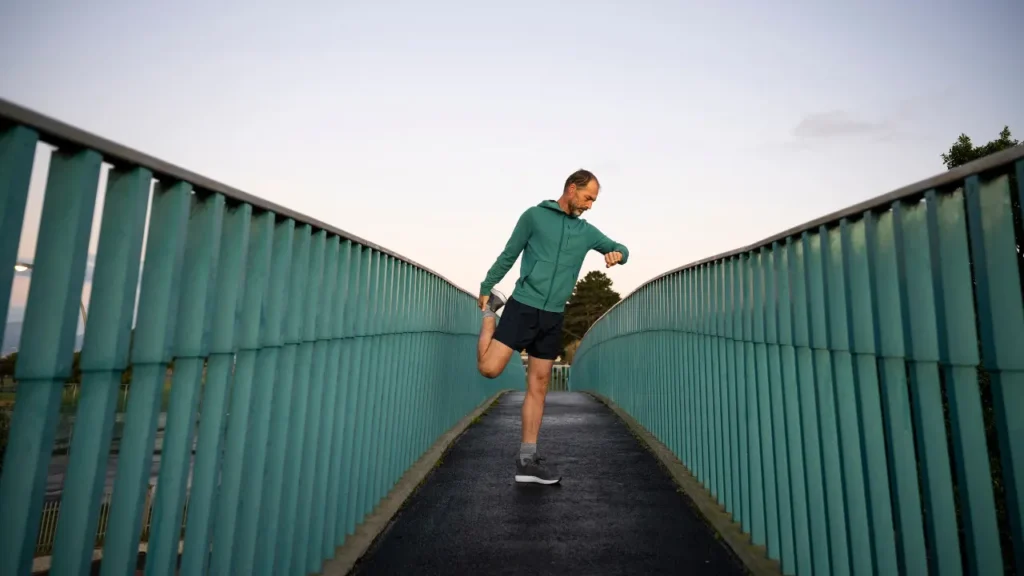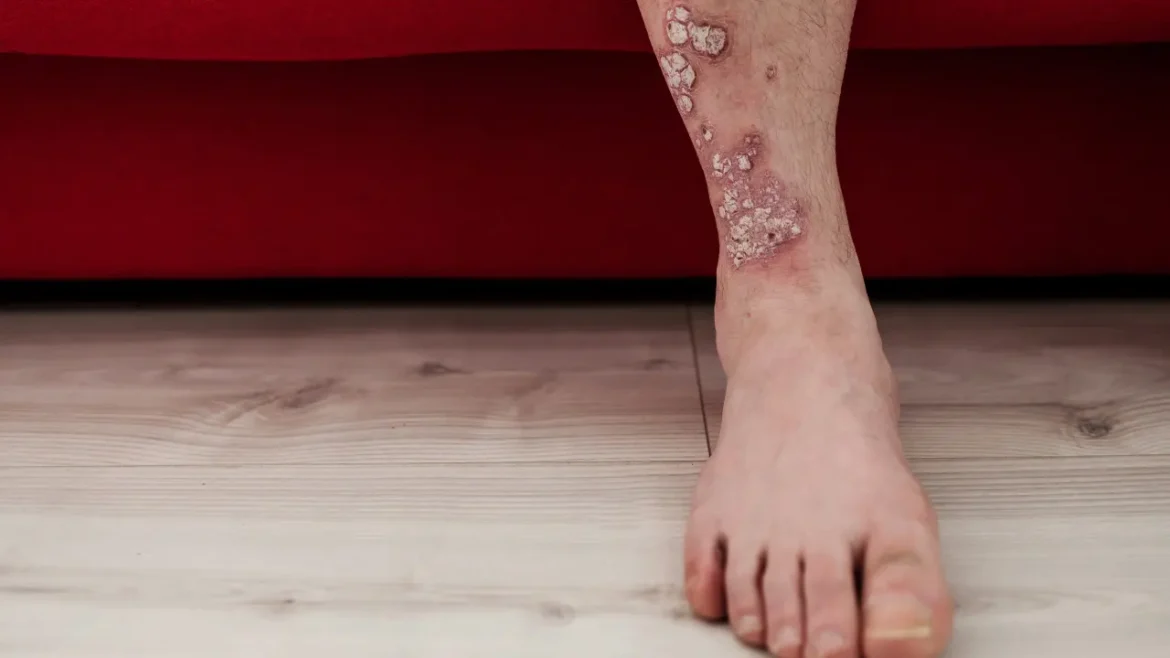Description
Usually afflicting the lower extremities, stasis dermatitis is a frequent disorder marked by inflammation along with skin abnormalities. Poor circulation causes blood to collect and raises the pressure within the veins across the legs which increases the occurrence of stasis dermatitis. The symptoms of stasis dermatitis include edema, erythema, hyperpigmentation, scaling, and in extreme cases, ulceration. Women are more likely to be affected than males, and the ailment mainly affects middle-aged and older people. Stasis dermatitis-associated risks include obesity, chronic venous insufficiency, deep vein thrombosis, long periods of standing, and prior leg injuries.
You May Also Like:
FINDING THE BEST TURKEY TAIL MUSHROOM POWDER: 5 TOP BRANDS REVIEWED
THE CONNECTION BETWEEN MUSHROOMS AND COVID: 5 GREAT REASONS TO TRY FUNCTIONAL MUSHROOMS
Stasis Dermatitis: Description, Causes, and Treatment Protocol is an original (HealthXWire) article.
Possible Causes
The main contributing factor to stasis dermatitis also referred to as venous eczema or gravity dermatitis, involves reduced venous circulation within the lower limbs. Chronic venous insufficiency is the primary cause, and it results in elevated capillary leakage and venous pressure. Stasis dermatitis can develop because of, the conditions that follow: –
Deep Vein Thrombosis (DVT): Deep vein thrombosis, in which blood clots form in the veins that run deep in the legs, may harm the veins and reduce blood circulation. DVT can lead to chronic venous insufficiency and have a role in the emergence of stasis dermatitis.
Venous Insufficiency: Venous insufficiency, which happens when the valves within the leg veins weaken or become damaged, is the primary trigger of stasis dermatitis. Blood may accumulate in the legs, increasing pressure and allowing fluid to leak inside the surrounding tissues. These valves typically help block the reverse circulation of blood, but whenever they malfunction, blood can pool there.
Obesity: A body weight that is too much might put a strain on the veins and hinder healthy blood flow, which may lead to stasis dermatitis.
Pregnancy: Increased blood volume and hormonal changes during pregnancy may put additional strain on the veins. Additionally, the expanding uterus may additionally squeeze the pelvic veins.
Prolonged Immobility: Long periods of inactivity, like protracted bed rest or prolonged sitting, might obstruct adequate blood flow in the legs. Blood can pool while a person is immobile, which raises the possibility of stasis dermatitis.
Genetic Predisposition: Even in the absence of any substantial risk factors, some people may have a hereditary propensity for venous insufficiency, increasing their likelihood of developing stasis dermatitis.
Prior Surgery or Injury to the Legs: Leg injuries or surgeries can harm the veins, resulting in poor venous circulation. Stasis dermatitis and venous insufficiency are more likely to affect veins that have been injured or surgically modified.
Exacerbating and Mitigating Factors
The exacerbating factors of stasis dermatitis include: –
Heat and Humidity: Stasis dermatitis symptoms like itching and inflammation might get worse in hot, humid surroundings. Increased sweating under these circumstances might potentially cause skin maceration with additional irritability.
Prolonged Sitting or Standing: Prolonged inactivity while standing or sitting can obstruct healthy blood flow, increasing venous pressure and exacerbating the symptoms of stasis dermatitis.
Tight Clothing: Stasis dermatitis symptoms might worsen while wearing tight-fitting clothing, especially around the legs, which can impede blood circulation and aggravate venous insufficiency.
Leg Dependency: Long-term sagging of the legs without any form of elevation can impede venous return and lead to blood pooling within the lower extremities.
Trauma or Injury: An old leg injury or trauma, like a fracture or surgery, can harm the veins and obstruct normal blood flow, leading to the onset or worsening of stasis dermatitis.
Obesity: Excess body weight increases strain on the veins, preventing healthy blood flow and aggravating stasis dermatitis symptoms.
The mitigating factors of stasis dermatitis include: –
Compression Therapy: Compression bandages or stockings are worn to support the veins externally, minimizing venous pooling and enhancing blood circulation in the legs.
Leg Elevation: Regularly raising the legs above the level of the heart during the day can assist to lower venous pressure, improve blood flow, and decrease stasis dermatitis symptoms.
Weight Management: Stasis dermatitis symptoms can be reduced by keeping a healthy weight since it reduces the strain on the veins alongside enhances venous circulation.
Exercise: Regular exercise, like swimming or walking, helps to promote optimal blood circulation and builds muscle strength, which supports better venous return.
Avoiding Irritants: Flare-ups can be reduced by identifying and avoiding probable irritants or allergens, like strong soaps or specific materials, that cause or exacerbate stasis dermatitis symptoms.
Skin Hygiene: Good skin hygiene practices, such as gentle washing and moisturizing, assist in preserving the strength of the skin’s barrier and lower the likelihood of infection.

Standard Treatment Protocol
Treatment for stasis dermatitis focuses mostly on managing symptoms, reducing inflammation, preventing infection, and enhancing circulation. Combinations of interventions are a common feature of standard treatment procedures, and they include the following: –
Lifestyle Changes: Modifications in lifestyle are essential for treating stasis dermatitis. To lower venous pressure and improve blood circulation, patients are instructed to raise their legs whenever practical. Regular activity, like walking, can enhance venous return. Additionally, keeping a healthy weight while avoiding protracted standing or sitting is good to prevent stasis dermatitis as well.
Compression Therapy: Treatment for stasis dermatitis always includes compression therapy. To apply progressive pressure to the legs and promote venous return and reduce edema, compression bandages or stockings are utilized. Inflammation is decreased and blood pooling is prevented with this treatment.
Topical Treatments: Stasis dermatitis symptoms are managed and skin abnormalities are controlled with a variety of topical therapies. They consist of the following: –
- Topical Corticosteroids
To lessen erythema, itchiness, and inflammation, a doctor may prescribe low- to moderate-potency topical corticosteroids. Given the potential for skin thinning and additional negative effects, they should only be used for brief periods of time and under medical care.
- Topical Calcineurin Inhibitors
Alternative treatments for inflammation and itching include calcineurin inhibitors tacrolimus and pimecrolimus. They are especially helpful in delicate locations or when using corticosteroids is not advised.
- Emollients and Moisturizers
Emollients and moisturizers maintain and rebuild the skin barrier, hence preventing dryness and scaling when used often.
Systemic Medications: When topical remedies are ineffective, a doctor may recommend systemic drugs. Among them are the following: –
- Antihistamines
For those who experience pruritus, oral antihistamines can aid with itching relief and better sleep.
- Oral Antibiotics
Oral antibiotics could be required to reduce bacterial overgrowth and avert problems if infection symptoms like cellulitis, oozing, or crusting are present.
- Phlebotropic Agents
To increase venous circulation and lessen symptoms, doctors may give drugs like hesperidin and diosmin that decrease edema and improve venous tone.


Treatment Options
Nutritional supplements: By enhancing venous circulation, lowering inflammation, and promoting general skin health, nutritional supplements may be helpful in the therapy of stasis dermatitis. The following dietary supplements have demonstrated promise in the treatment of stasis dermatitis: –
- Antioxidants
Antioxidants, such as vitamins C, A, and E, aid in the protection of cells against oxidative damage and may improve skin health in general. Antioxidants can be obtained naturally by eating a diet high in vegetables, fruits, and whole grains.
- Flavonoids
Plant-based substances called flavonoids are well-known for being anti-inflammatory and antioxidant. Their potential advantages in enhancing vascular tone and lowering edema have been investigated. The flavonoid aescin found in the extract of horse chestnut seed has shown promise in easing the symptoms of stasis dermatitis and chronic venous insufficiency.
- Omega-3 Fatty Acids
Fish oil supplements and fatty fish like salmon and mackerel contain omega-3 fatty acids, which have anti-inflammatory qualities and might aid in promoting healthy skin and reducing inflammation brought on by stasis dermatitis.
- Diosmin and Hesperidin
In citrus fruits, flavonoids called diosmin and hesperidin can be detected. They have been investigated for their possible vasoprotective properties, which include raising venous tone, lowering capillary permeability, and lowering edema.
Natural and Herbal Remedies: Despite the paucity of scientific data, some herbal supplements and natural cures have been researched for their possible advantages in stasis dermatitis. The following are these natural cures and herbal supplements: –
- Aloe Vera
Applying aloe vera gel topically offers wound-healing and anti-inflammatory effects that may help with stasis dermatitis symptoms management.
- Calendula
The anti-inflammatory characteristics of calendula treatments, which have historically been used for wound healing, may help with the management of stasis dermatitis.
- Chamomile
Extracts from chamomile include anti-inflammatory and antioxidant qualities that could help calm inflamed skin and minimize inflammation.
- Witch Hazel
Due to its astringent qualities, witch hazel can help lessen the irritation and swelling brought on by stasis dermatitis.
- Gotu Kola
Gotu kola extracts are widely utilized to promote wound healing and venous circulation, and they may also be useful for treating stasis dermatitis.
- Comfrey
It has been claimed that applying comfrey preparations topically may help to reduce the swelling, redness, and itching associated with stasis dermatitis.
Prior to beginning therapy, it is crucial to discuss the use of herbal supplements and natural treatments with a healthcare provider because they could combine with other prescriptions or have potential negative side effects.


Conclusion
Stasis dermatitis isa common skin condition that occurs when you have poor or impaired circulation such as suffering from venous insufficiency, deep vein thrombosis, obesity, or are pregnant. It can first manifest as inflammation, skin discoloration, itching, and in more severe cases, the development of ulcers. The management of stasis dermatitis primarily focuses on addressing the underlying venous insufficiency and promoting skin health. To improve blood flow and reduce swelling, compression therapy, including the use of compression stockings is recommended by dermatologists.
Additionally, elevating the legs, engaging in regular exercise, and maintaining a healthy weight contributes to enhancing venous circulation. There are also some combination interventions that you can try to enhance the efficacy of the standard treatment received from the doctors. By implementing this comprehensive approach, you can effectively manage stasis dermatitis and minimize its impact on your daily life.


Additional resources for further reference
https://www.aad.org/public/diseases/eczema/types/stasis-dermatitis
https://www.msdmanuals.com/en-in/professional/dermatologic-disorders/dermatitis/stasis-dermatitis
https://www.webmd.com/skin-problems-and-treatments/eczema/venous-stasis-dermatitis
Important Note: The information contained in this article is for general informational purposes only, and should not be construed as health or medical advice, nor is it intended to diagnose, prevent, treat, or cure any disease or health condition. Before embarking on any diet, fitness regimen, or program of nutritional supplementation, it is advisable to consult your healthcare professional in order to determine its safety and probable efficacy in terms of your individual state of health.
Regarding Nutritional Supplements Or Other Non-Prescription Health Products: If any nutritional supplements or other non-prescription health products are mentioned in the foregoing article, any claims or statements made about them have not been evaluated by the U.S. Food and Drug Administration, and such nutritional supplements or other health products are not intended to diagnose, treat, cure, or prevent any disease.
Table of Contents


